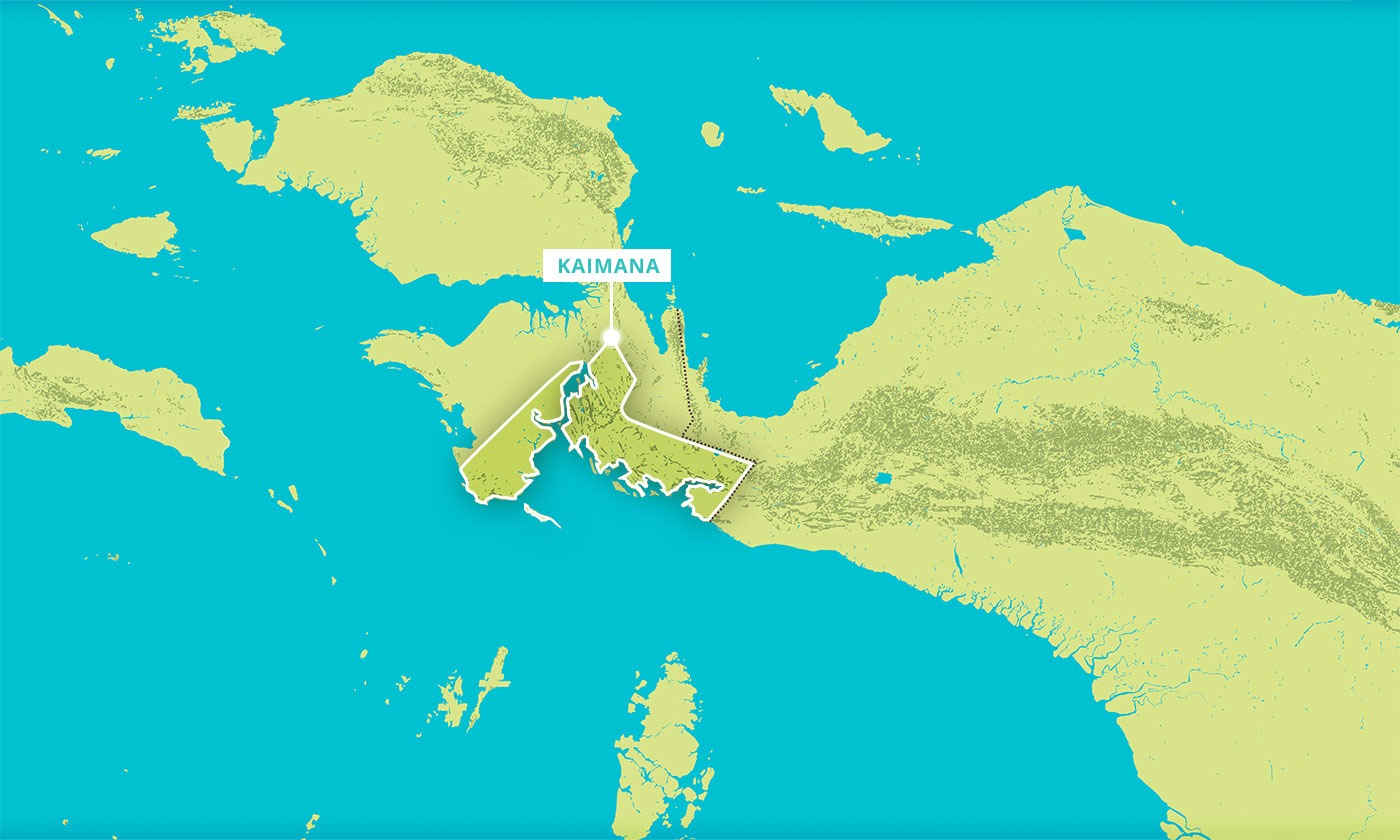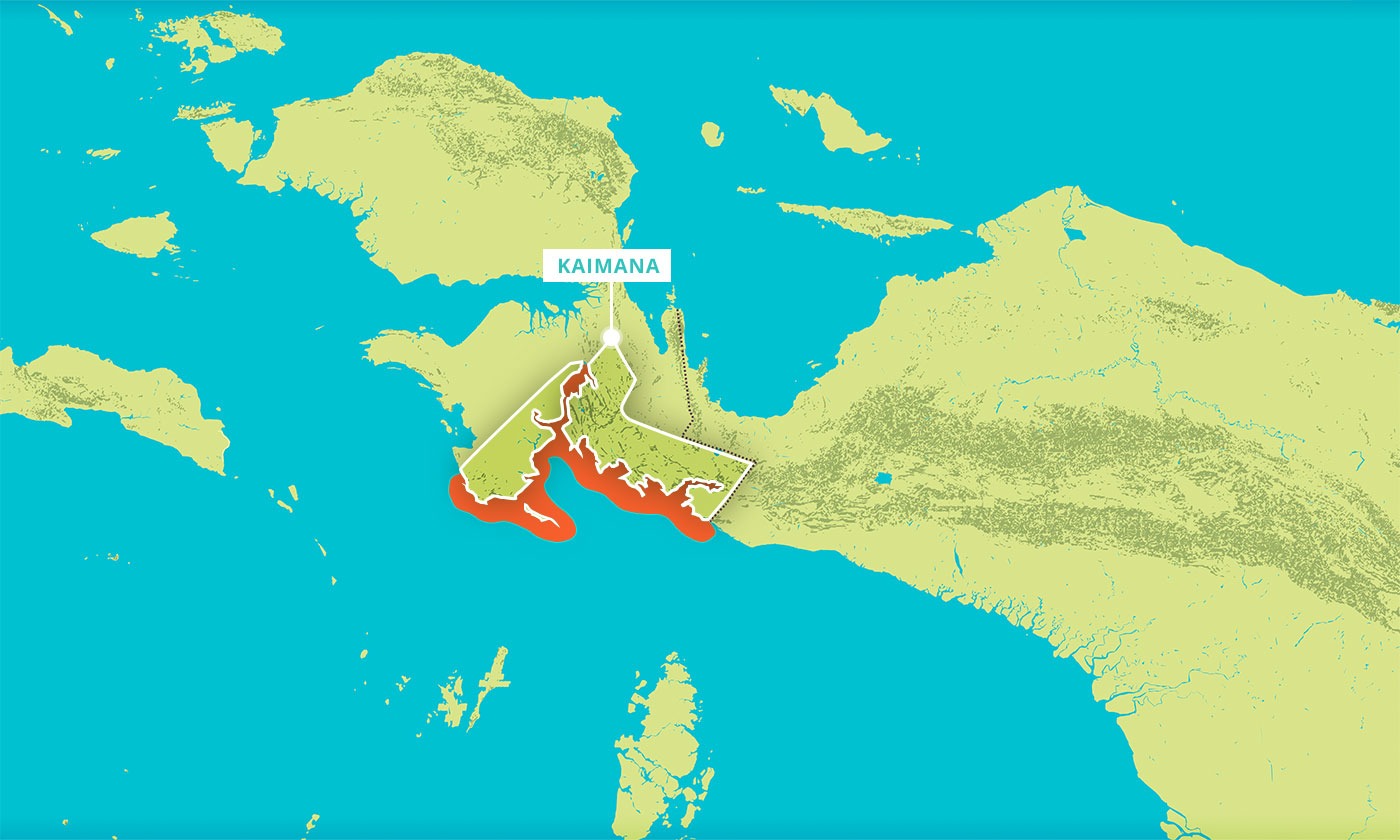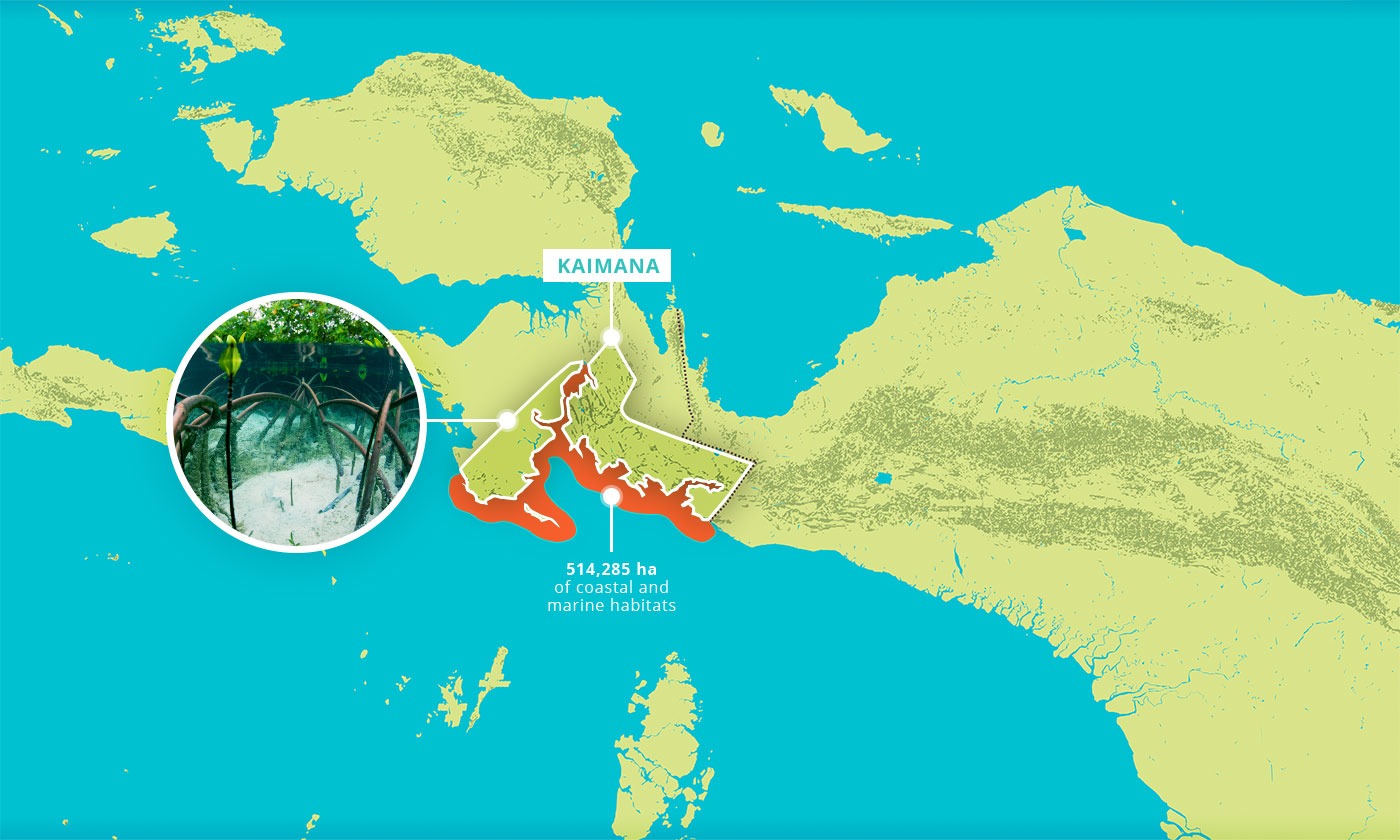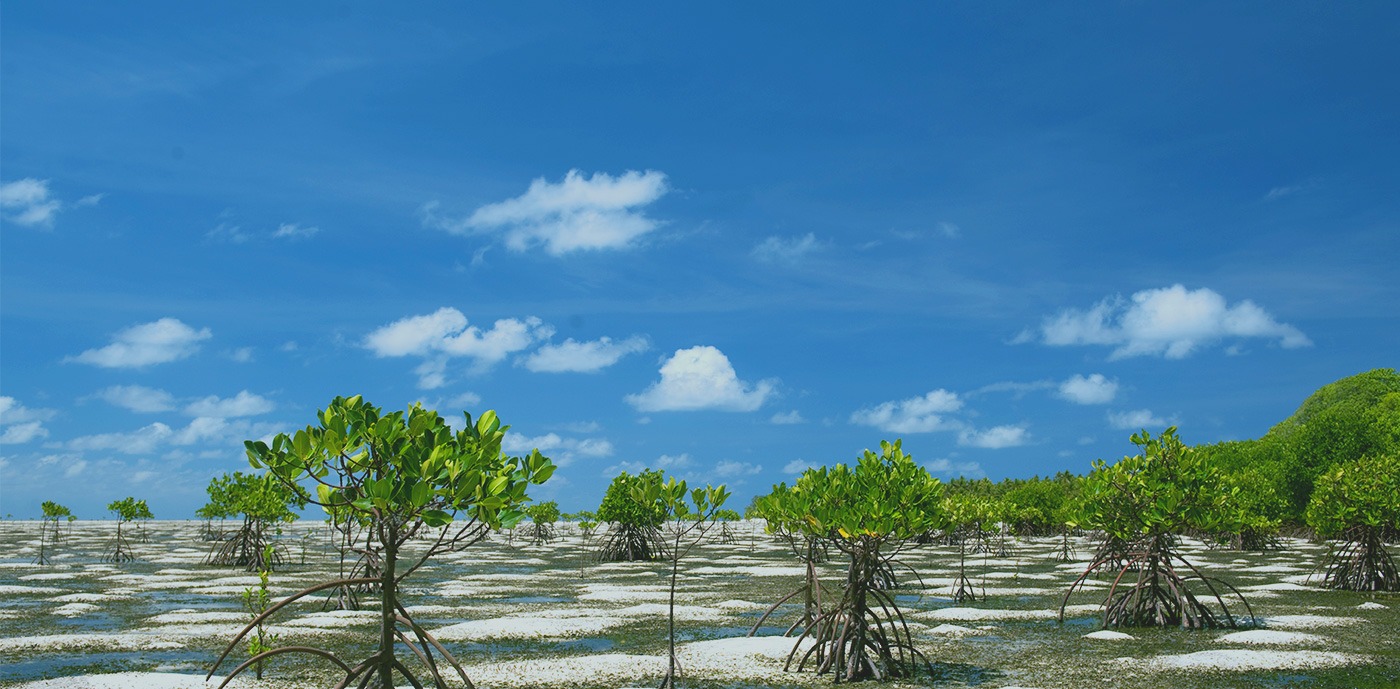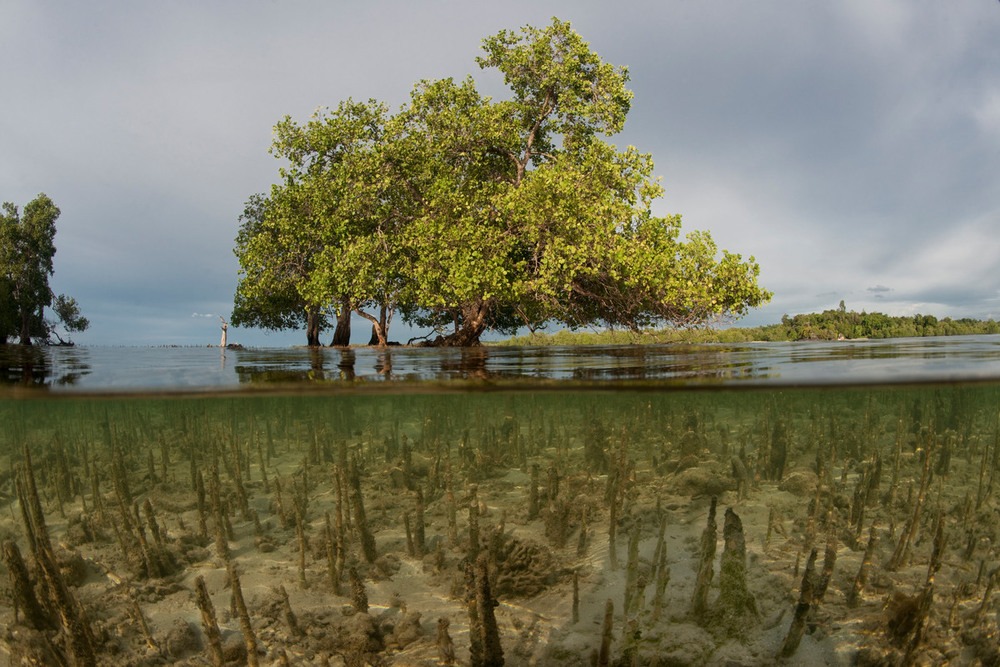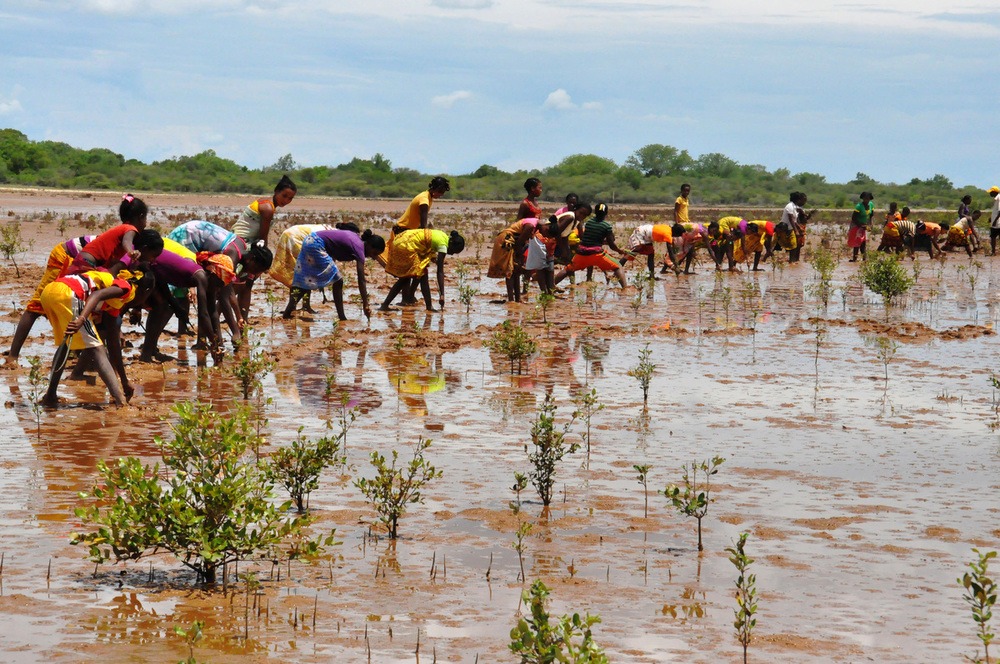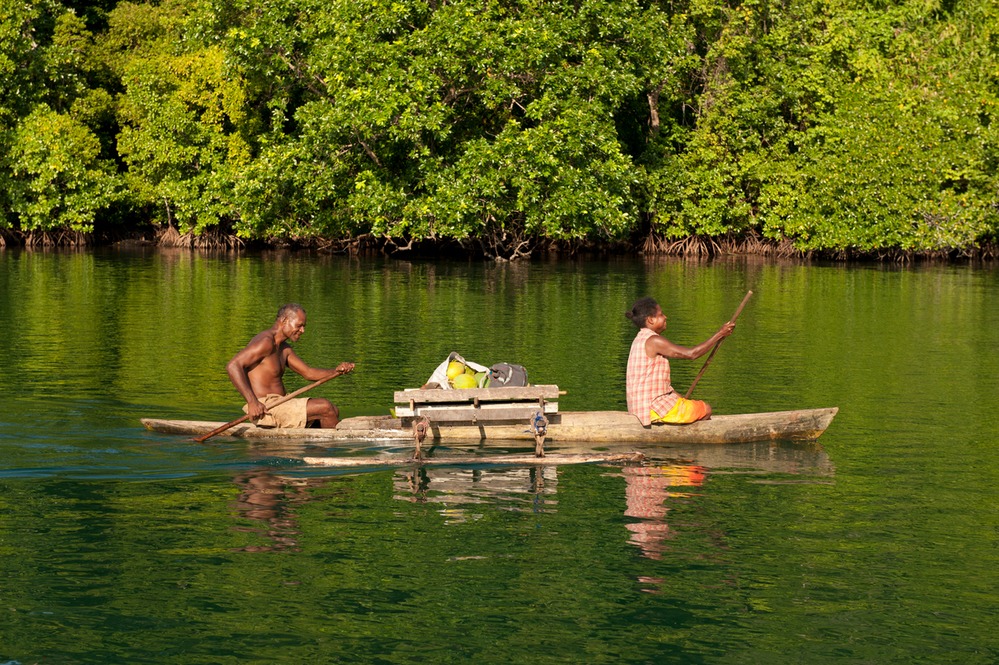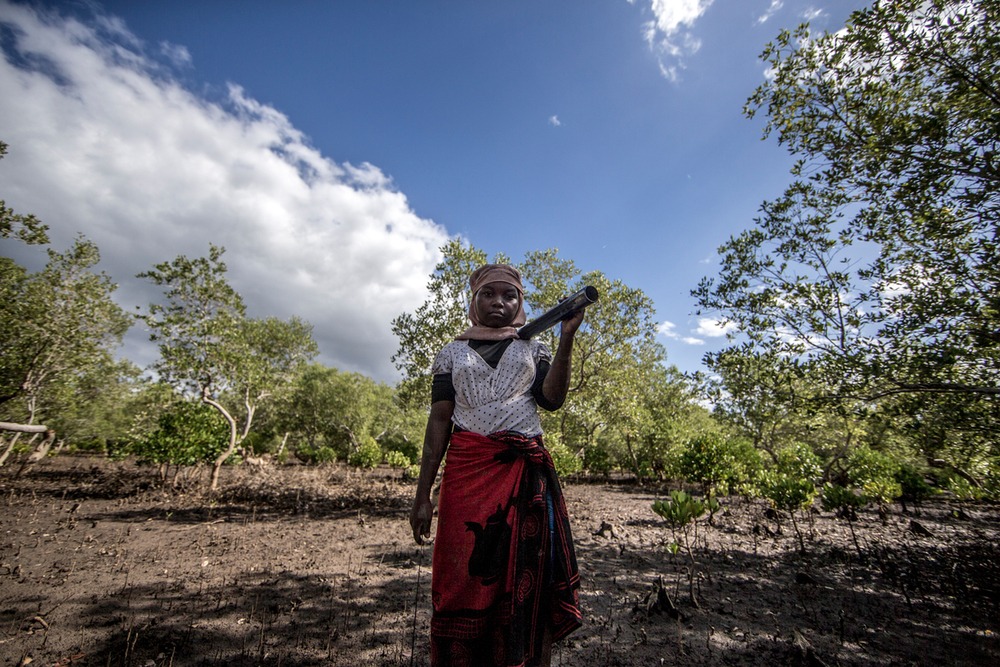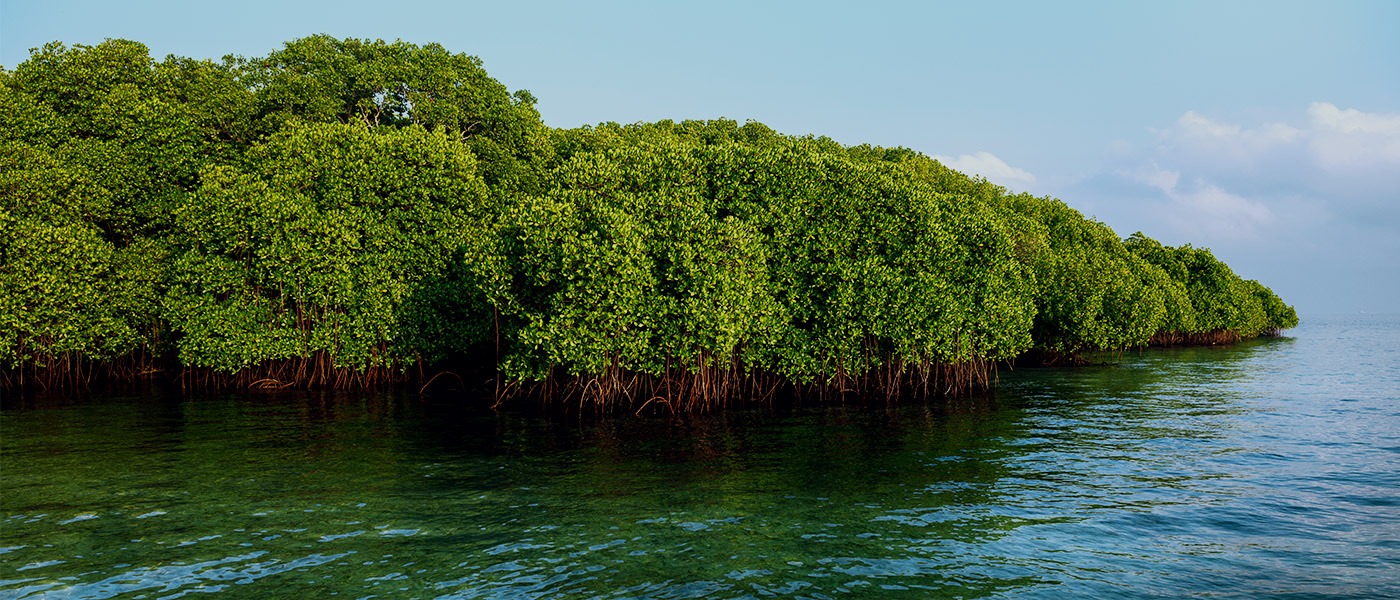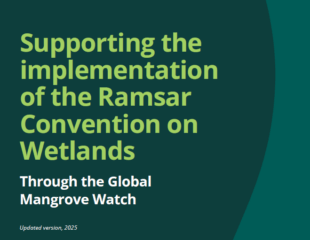GOALS AND OBJECTIVES
This project will build on CIs established marine and coastal conservation work in the mangrove-rich areas of Kaimana, Papua and compliment on-going efforts to integrate blue carbon into policy and management decisions, as well as recent work to develop a sustainable livelihoods program, based on mangrove-crab fisheries.
This project will bring together years of work in the region to advance CIs goal of implementing suitable “blue” carbon-based financing. Through this project we will show that coastal blue carbon provides a new opportunity for driving and supporting coastal ecosystem conservation (restoration and protection) within Indonesia, and for sustaining the multiple benefits these ecosystems provide.
